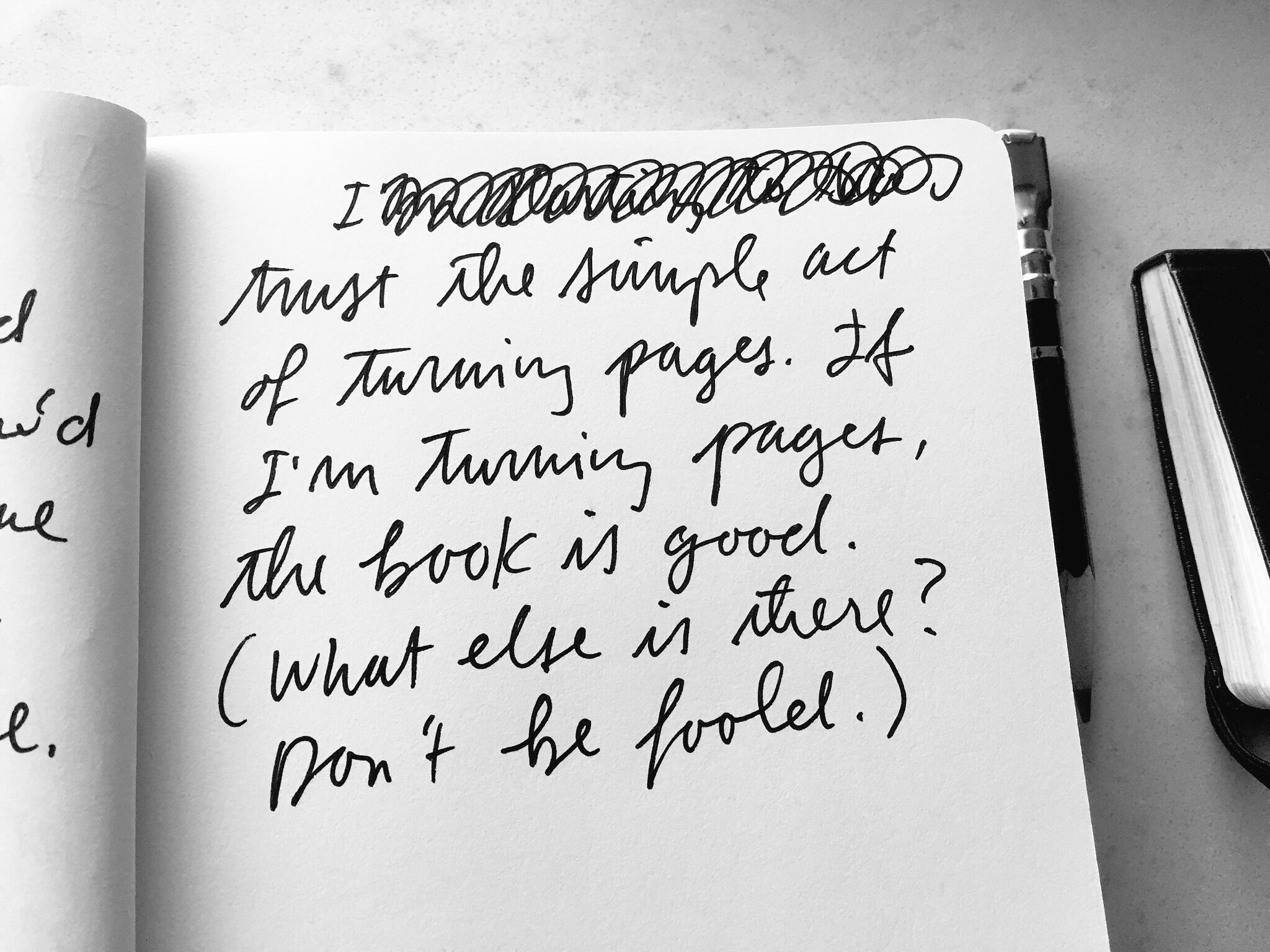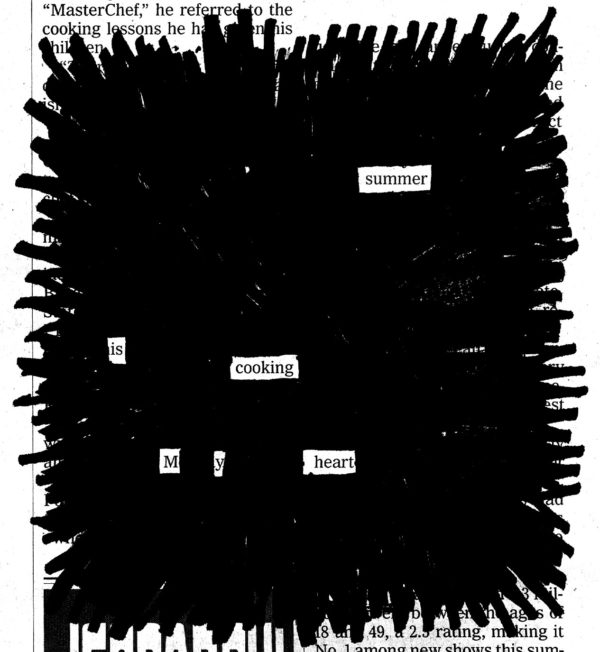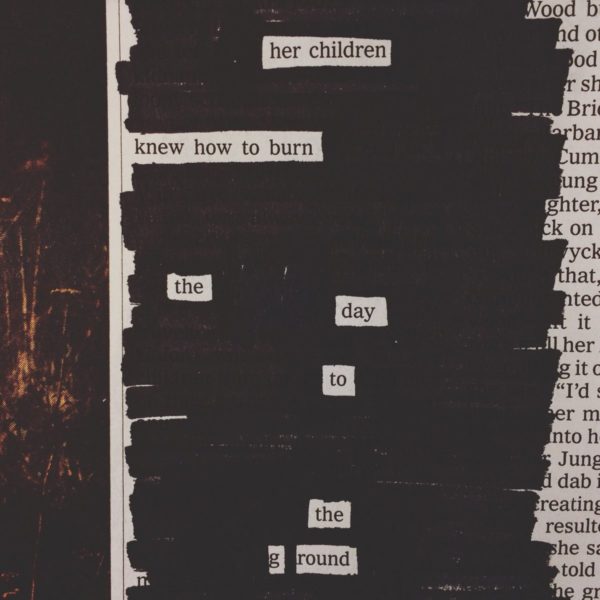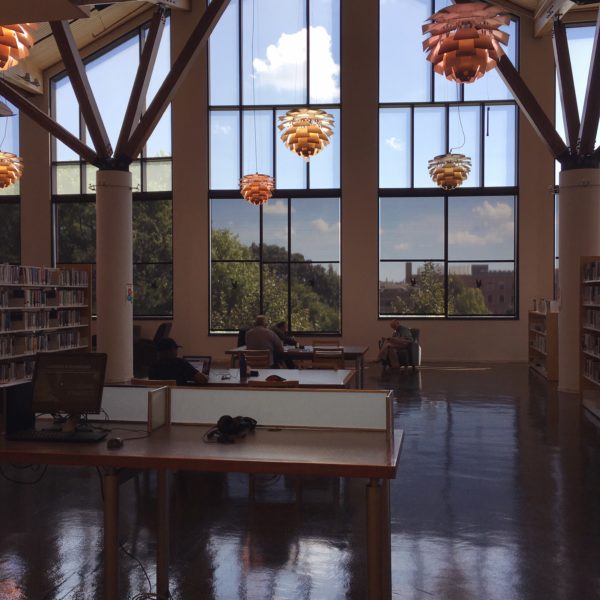If you know me, you know how much I love libraries, and how I like to duck into libraries when I travel. Today I posted this picture of the 3rd floor of the Oak Park Public Library and added the hashtag #librarytourism on a whim. Turns out a ton of people use it — I lost quite a few minutes scrolling through…
The morning of our lives

We took a great walk beside Lake Michigan this morning and when I came back to shower Jonathan Richman’s “The Morning of Our Lives” came on my shuffle mix:
Our time is now,
we can do anything
we really believe inOur time is now
here in the morning
of our lives
This song has been of great comfort to me lately. (A lot of Richman’s songs comfort me — “That Summer Feeling,” “City vs. Country,” “Dignified and Old,” etc.)
The Strokes used the song as their opening music on their first tour. Here’s Rob Sheffield in Meet Me In The Bathroom:
…but just the end of it, where Jonathan’s saying, “We’re young now . . . now’s the time . . . to have faith in what we can do.” The Strokes just played the final minute of the song as their entrance music. It was so unbelievably exciting. It was the kind of moment that made me grateful to be alive.
If you put it on a playlist, it sounds really good followed by “Modern Age.”
Page-turner

From this morning’s diary. (Not totally sure it’s true.)
The cruelest month

“Summer gets to be an old story.”
—Henry David Thoreau
T.S. Eliot called April the cruelest month, but in Austin, Texas, it’s September. Summer is winter here, and summer isn’t even officially over until September 22. The cursed sun pays no heed to anything official. You’re not out of the A/C until Halloween at the earliest. September here is just a cruel joke. When Northern Instagram fills with scarves and pumpkin spice lattes, your only solace is shorts in February. (Awful in its own way.) “Hot and sunny every day,” Bill Hicks mocked. “What are you, a fucking lizard? Only reptiles feel that way about this kind of weather.” It’s nothing right or natural. Nothing to be celebrated. Only endured.
Every single emotion

“Kids practice every single emotion they’re ever going to use on anybody on you.”
—Tony Millionaire
This morning novelist Laura Lippman, author of Sunburn, tweeted, “Daughter got mad at me tonight: ‘I hate you. Everyone hates you. This is why you get bad reviews.’ Me: ‘I got very good reviews this year.’”
I laughed so hard in recognition.
Later, she followed up with, “Here’s the thing: the same kid who (hilariously) insulted me yesterday is the kid today who understood that when Uptown Girl comes on in the drug store, we’re not only staying, we’re strutting.”
This perfectly sums up the the push/pull of it. They love you one minute and the next minute they hate you. Today you’re co-conspirators, tomorrow you’re sworn enemies. And back again. It’s high drama all the time.
I often think of myself as the brick wall they hurl the tennis balls at. (Except the tennis balls are often stuffed with matchstick heads a la The Anarchist Cookbook.)
I remember when they were babies, and I thought to myself, “The only other time you ever get screamed at like this is if you’re murdering someone or somebody’s about to murder you.”
They’re velociraptors, testing your fences for weakness.
Here’s Bill Murray:
If you bite on everything they throw at you, they will grind you down. You have to ignore a certain amount of stuff. The thing I keep saying to them lately is: “I have to love you, and I have the right to ignore you.” When my kids ask what I want for my birthday or Christmas or whatever, I use the same answer my father did: “Peace and quiet.” That was never a satisfactory answer to me as a kid — I wanted an answer like “A pipe.” But now I see the wisdom of it: All I want is you at your best — you making this an easier home to live in, you thinking of others.
Applauding Mr. Murray and Ms. Lippman for their cool and trying to cultivate my own for the long weekend.
- ← Newer posts
- 1
- …
- 277
- 278
- 279
- 280
- 281
- …
- 635
- Older posts→

